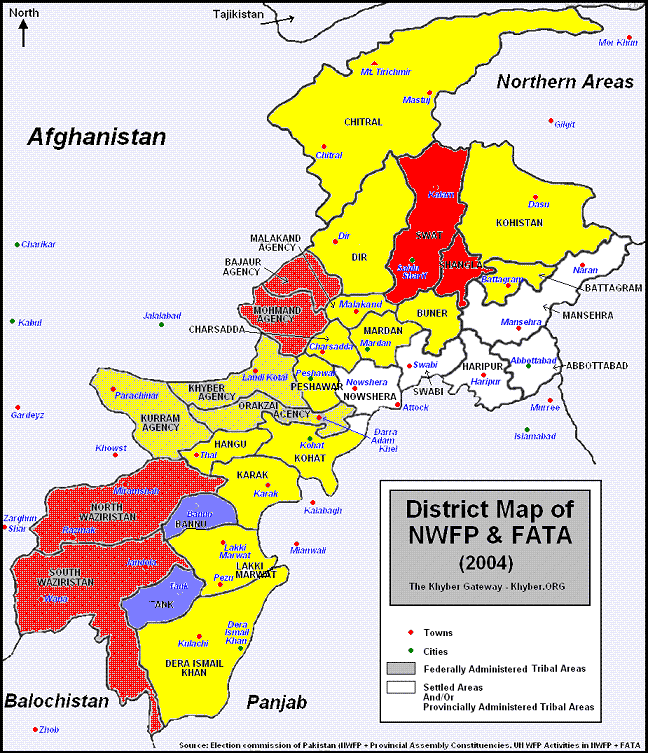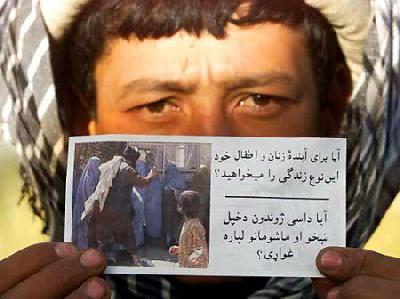Staff writer
Soldiers run a 40-mile convoy, consisting of coalition and host-nation trucks, in southern Afghanistan. The convoy covered 63 miles of rugged terrain during the 15-hour mission. (Army)
U.S. military commanders are pushing to reopen key supply routes through Pakistan and expand logistics lines in central Asia as the Army begins to draw down from Afghanistan.
Pakistan’s government shut down American cargo lines linking Karachi to Kabul after a Nov. 26 NATO airstrike accidentally killed more than 20 Pakistani soldiers.
Previously, one-third of American war supplies moved through Pakistan. Before the Pakistan shutdown, moving cargo into Afghanistan cost about $17 million a month.
Since then, coalition forces have relied on the Northern Distribution Network, a system of supply lines in countries such as Russia, Kyrgyzstan and Uzbekistan,http://www.armytimes.com/news/2012/01/ap-us-costs-soar-for-new-war-supply-routes-011912/“>inflating supply costs by $87 million more per month, as of mid-January.
Retrograding materials and equipment from the war zone will require the Pakistan Ground Lines of Communications and the NDN in Asia, Lt. Gen. Raymond Mason, deputy chief for Army logistics, said at a House hearing March 28.
“We need to continue to negotiate and get that back open,” Mason said. “We need both methods to get out of Afghanistan.”
In late February, Air Force Gen. William Fraser III, head of the U.S. Transportation Command, told a Senate panel the NDN lines should be widened into a two-way route to facilitate a transition out of theater on schedule.
Marine Gen. John Allen, commander of coalition forces in Afghanistan, has been talking terms with Pakistan, Pentagon press secretary George Little said in an April 3 news release.
“We remain hopeful that those routes will be reopened in the near future, and discussions with the Pakistanis continue,” Little said.
Meanwhile, the Army and TRANSCOM are experimenting with a concept Mason calls “back haul,” in which trucks drop goods in Afghanistan and carry out a load when they leave. Before, cargo vehicles simply left empty.
The commands are looking to run back hauls regularly, Mason said.
Unlike retrograde ops in Iraq, U.S. forces will probably have to carry home most military materials, Mason said. The U.S. sold about $1 billion in military equipment to Iraqis before departing last year.
“The vast majority of what’s in Afghanistan — because of the conditions here — we are probably going to have to move out of that country,” he said.
About 50,000 vehicles will be shipped stateside from Afghanistan, and roughly 2,000 personnel will deploy to help move gear, according to Army officials.
Once at U.S. depots, combat equipment might cost more than $15 billion to reset, Mason said.
In 2008, the NDN was developed as an alternative to Pakistan supply lines, expensive airlift and slow-moving sea transport, according to a Senate staff report from December.
The network carries non-lethal supplies, including construction materials, food and fuel, the Senate report said.
Eighty-five percent of the fuel supply flows through northern routes, along with 30 percent of supplies that had previously come through Pakistan.
Most NDN cargo enters Afghanistan through Uzbekistan’s Hairaton Gate. Transporting gear through the NDN may involve multiple travel modes — air and ground — which boosts costs, Mason said.
The U.S. has relied more heavily on airlift recently. Last year, aircraft delivered 80 million pounds of cargo in Afghanistan, up from 60 million pounds the year before, according to the Air Mobility Command.
The Pakistan supply routes are “critical,” he said.
The Associated Press contributed to this report.











